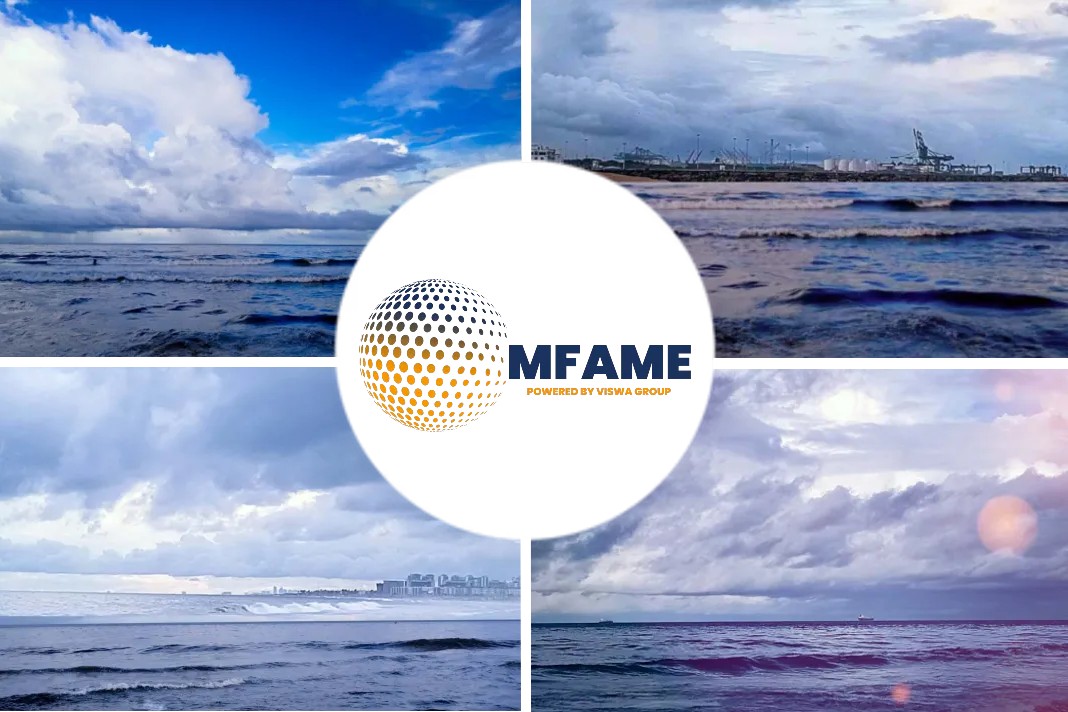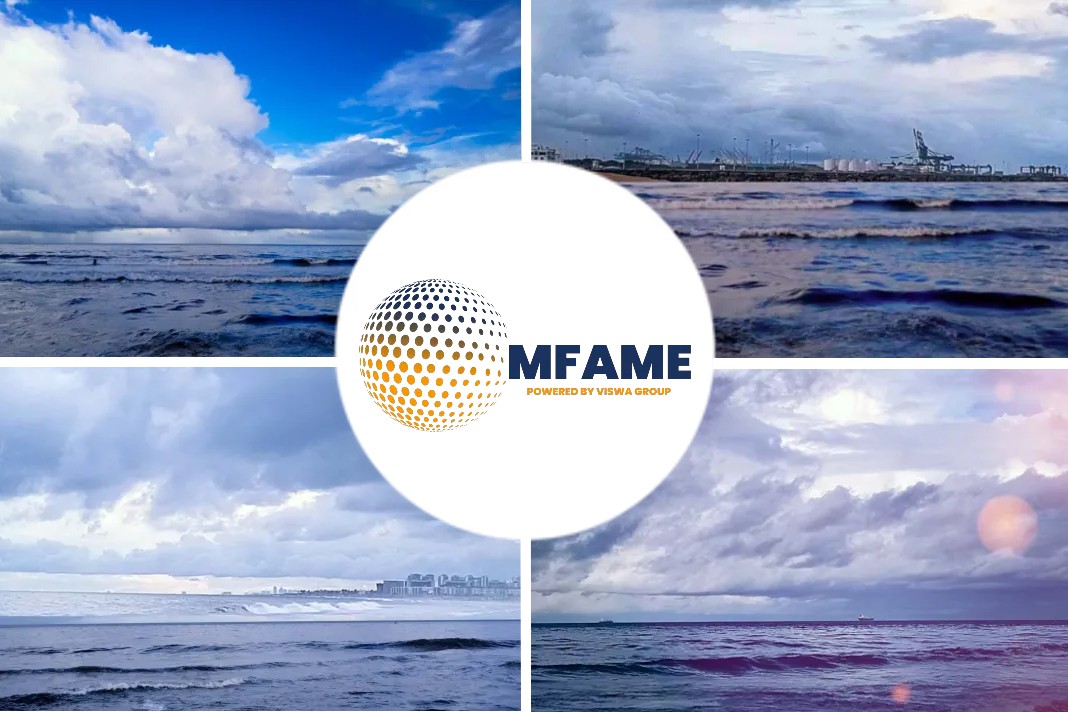As fewer tankers are prepared to service Russian oil commerce before the G7’s price cap mechanism, analysts and shipping brokers informed S&P Global Commodity Insights that Russia may not be able to divert all of its seaborne oil shipments away from Europe.
Price caps
With the G7’s price cap for seaborne Russian crude set to kick in on Dec. 5, questions are growing in shipping circles over how the world’s second-highest crude exporter will maintain its exports amid rising logistics hurdles.
Fotios Katsoulas, the liquid bulk principal analyst at S&P Global Market Intelligence, forecasts a “rather tight supply on the horizon” as Western sanctions affect the availability of tankers.
“The market experiences more demand for shipping, primarily driven by the shift in trade flows as a response to the European sanctions on Russian cargoes and with the insurance ban approaching,” said Katsoulas, referring to ton-mile demand.
The G7 and EU have proposed a pricing regime under which tanker owners, insurers, and other marine service providers subject to their jurisdictions are expected to be prohibited from servicing Russian oil trade unless the barrels are sold below yet-to-be-defined price caps.
Funding war
The mechanism, aimed at limiting Russia’s ability to fund its war with Ukraine, would come into force when the EU starts to ban seaborne Russian crude imports on Dec. 5 and Russian oil products on Feb. 5, 2023.
“Russia has been forced to look for alternative customers,” shipbroker Poten & Partners said in a recent note.
“These shipments have also generated more ton-mile demand.”
Russia generally exports crude on Aframaxes and Suezmaxes, though the estimates assume a larger number of ship-to-ship (STS) transfers around Gibraltar.
Anoop Singh, head of tanker research at brokerage Braemar, estimated that 157 Aframaxes, 65 Suezmaxes, and 18 VLCCs are likely to be required to carry Russia’s current seaborne crude exports estimated at around 3.5 million b/d.
Potential shortages
Currently, EU and G7-based shipowners enjoy a large market share in the Russian tanker trade. S&P Global data suggests they lifted 55% of Russia’s crude exports from the Baltic and Black Sea in September, according to Katsoulas.
With Russia vowing to not sell any oil to countries complying with the price cap, some sources believe the country will struggle to find sufficient shipping capacity when those owners exit Russian trade.
Singh said 50 Aframaxes/LR2s and 10 Suezmaxes are controlled by Russian firms. Separately, 35 Aframaxes/LR2s, 20 Suezmaxes and 15 VLCCs aged 15 years or older have been sold to unidentified firms this year, and those could be used to carry Russian barrels under the radar.
Calculations based on those figures suggest a shortfall of 110 tankers to service seaborne Russian crude trade.
“There are some ways to go for the capacity to be large enough to carry the entire Russian crude export volumes East to the Asia-Pacific,” Singh added.
Finding alternatives
Russia could tap into the shadow fleet currently mainly serving sanctioned Iranian and Venezuelan trades whose size, based on Braemar’s estimates, amounted to 102 Aframaxes, 58 Suezmaxes, and 80 VLCCs as of September.
But both Iran and Venezuela are Russia’s allies and S&P Global’s analysts warned of ripple effects from such a maneuver.
“That would create increased competition for the sanctioned trades with any potential relocation of the fleet to the one market creating issues for the other, while these vessels are once again primarily VLCCs,” they wrote in a recent note.
Katsoulas suggested the fleet could expand with tonnage from EU firms.
“Several European owners will continue shipping Russian barrels regardless of problems with insurance and other shipping services,” he said. “Probably through new schemes, including new companies recently established elsewhere, such as the UAE.”
S&P Global estimates that some 2.5 million b/d of European oil imports will be re-routed by Feb. 5 with the majority expected to find new buyers, with or without the price cap. Overall, Russian oil supply disruptions are seen hitting 1.5 million b/d in Q1 2023 as the markets absorb the EU sanctions and price caps, S&P Global estimates.
Ice class shortage
Russia’s requirement of ice-class ships to keep a large portion of its oil flowing during winter months will also add to its logistics challenges, according to BRS, another shipping broker.
According to tanker trackers Kpler, 50 Aframaxes, and 16 Suezmaxes lifted crude from Russia’s Primorsk and Ust-Luga ports in the Baltic and Arctic terminals in September.
But ice-class ships are needed to operate in the icy seas in the months ahead. BRS estimates that Russian state-linked companies like Sovcomflot, Rosneft, and Gazprom Neft only control 34 ice-class Aframaxes and four Suezmaxes.
While some Russian crude could be potentially rerouted to the ice-free port of Novorossiysk in the Black Sea, BRS said it seems inevitable that the country will be unable to maintain its crude exports at today’s levels over a harsh winter.
To maximize fleet utilization, Russian firms could use ice-class Aframaxes and Suezmaxes to lift crude and transfer their cargoes to VLCCs in the mid-Atlantic, BRS said. “However, considering winter weather, undertaking STS [transfers] in such a location could provide hazardously.”
Did you subscribe to our newsletter?
It’s free! Click here to subscribe!
Source: S&P Global




















